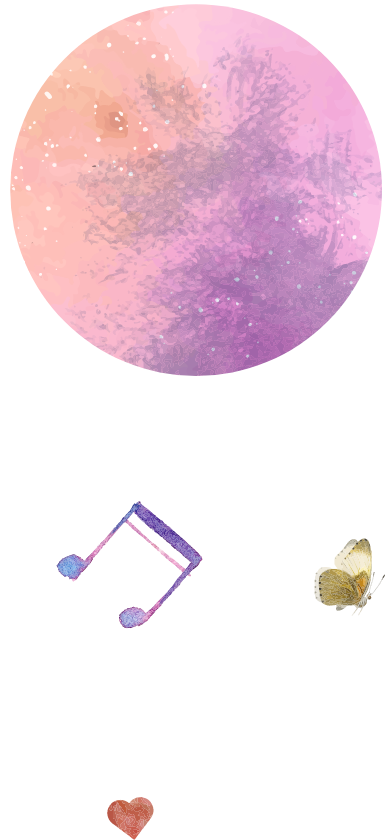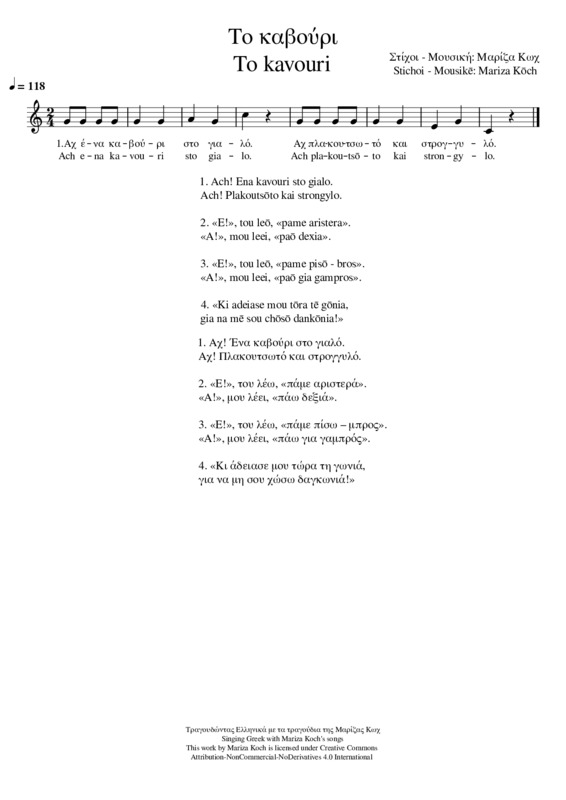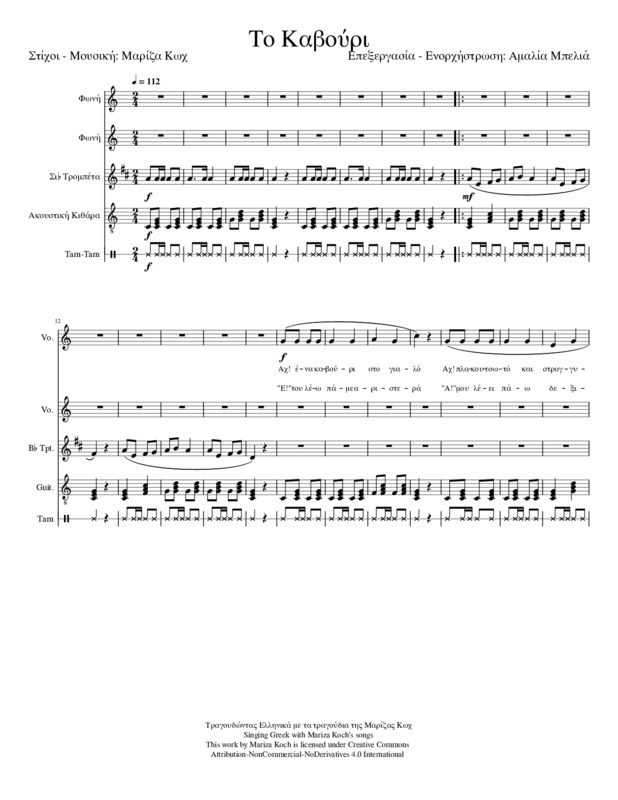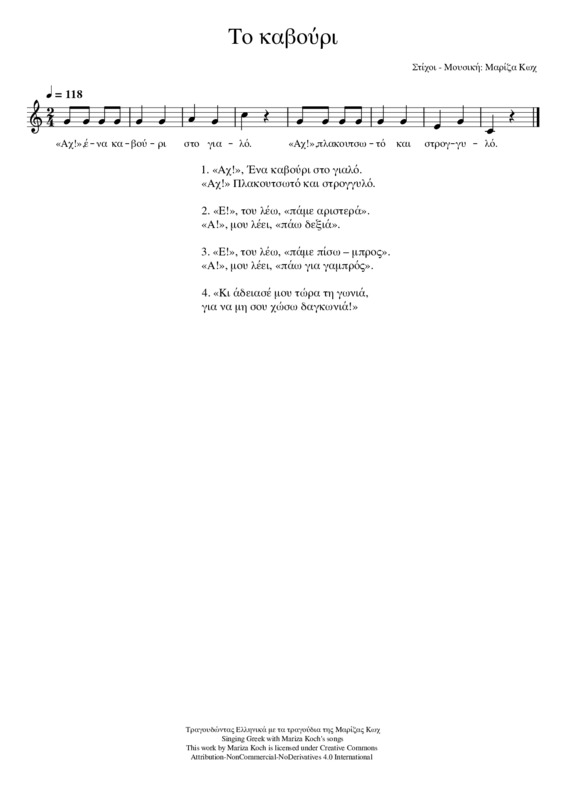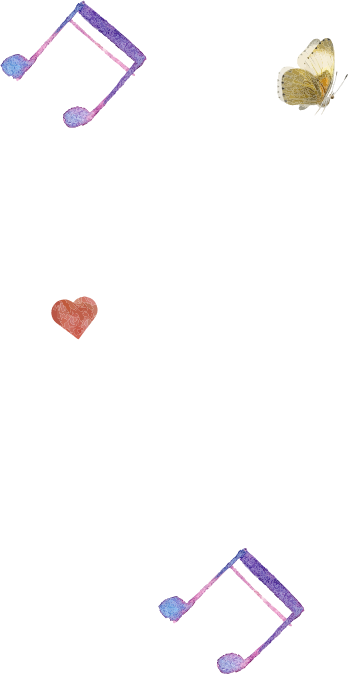
To kavouri

To kavouri
Pronunciation
Articulation of the double consonants /μπ/ (/b/ or /mp/, /b/ when the consonants are at the beginning and /mp/ when in the middle or the end) and /γκ/ (/gk/ or /nk/, /gk/ when the consonants are found at the beginning or at the end of the word, and /nk/ when in the middle) [μπρος (bros, forward), στρογγυλό (strongylo, circular), δαγκωνιά (dankōnia, bite), γαμπρός (gampros, groom) etc.]. Make reference to all double consonants [/μπ/, /ντ/, /γκ/-/γγ/, /τσ/, /τζ/] (/b/ or /mp/, /nt/, /gk/ or /nk/, /ng/, /ts/, /tz/) and practice their articulation in various words.
Speech Comprehension and Production
Cross rhyme [γιαλό-στρογγυλό (gialo-strongylo), μπρος-γαμπρός (bros-gampros), γωνιά-δαγκωνιά (gōnia-dankōnia)].
Adverbs of place: μπρος (bros, forward), πίσω (pisō, backward), αριστερά (aristera, left), δεξιά (dexia, right), πάνω (panō, upward), κάτω (katō, downward), etc. Grouping into opposite pairs: μπρος-πίσω (bros-pisō, forward-backward), αριστερά-δεξιά (aristera-dexia, left-right), πάνω-κάτω (panō-katō, upward-downward), μέσα-έξω (mesa-exō, inside-outside), etc.
On the occasion of the crab's description using adjectives, such as πλακουτσωτό (plakoutsōto, flat) and στρογγυλό (strongylo, circular), the pupils choose and describe animals by using appropriate adjectives. Create a game in small groups, with each group describing an animal only with adjectives while the rest groups try to guess its name.
In pairs, the students create rhyming dialogues, following the pattern of the verses, [i.e. Ε, του λέω πάμε εδώ πάνω (E, tou leō pame edō panō). Α, μου λέει, πάω παρακάτω {A, mou leei, paō parakatō}].
Adverbs of place: μπρος (bros, forward), πίσω (pisō, backward), αριστερά (aristera, left), δεξιά (dexia, right), πάνω (panō, upward), κάτω (katō, downward), etc. Grouping into opposite pairs: μπρος-πίσω (bros-pisō, forward-backward), αριστερά-δεξιά (aristera-dexia, left-right), πάνω-κάτω (panō-katō, upward-downward), μέσα-έξω (mesa-exō, inside-outside), etc.
On the occasion of the crab's description using adjectives, such as πλακουτσωτό (plakoutsōto, flat) and στρογγυλό (strongylo, circular), the pupils choose and describe animals by using appropriate adjectives. Create a game in small groups, with each group describing an animal only with adjectives while the rest groups try to guess its name.
In pairs, the students create rhyming dialogues, following the pattern of the verses, [i.e. Ε, του λέω πάμε εδώ πάνω (E, tou leō pame edō panō). Α, μου λέει, πάω παρακάτω {A, mou leei, paō parakatō}].
Music Activities
Singing with Kodály hand signs.
The pupils move freely in space like crabs, right-left, back and forth and in other ways.
Create movements in two groups and render each verse of the song with contrasts (opposite movements, contrast in volume and speed of the song, etc). Vocal exercises and articulation of the exclamations "αχ", "ε", "α" (ach, e, a) with different pitches and timbres following body movements.
Listen to the songs "Παντρεύουνε τον κάβουρα" (Pantreuoune ton kavoura), "Δέκα καβουράκια" (Deka kavourakia), "Τα καβουράκια" (Ta kavourakia) and discuss the humorous elements found in the content of the songs.
The pupils move freely in space like crabs, right-left, back and forth and in other ways.
Create movements in two groups and render each verse of the song with contrasts (opposite movements, contrast in volume and speed of the song, etc). Vocal exercises and articulation of the exclamations "αχ", "ε", "α" (ach, e, a) with different pitches and timbres following body movements.
Listen to the songs "Παντρεύουνε τον κάβουρα" (Pantreuoune ton kavoura), "Δέκα καβουράκια" (Deka kavourakia), "Τα καβουράκια" (Ta kavourakia) and discuss the humorous elements found in the content of the songs.
Cross-thematic Connections - Greek Culture
Interdisciplinary concept: conflict.
Cases of conflict between people and nations: conflicts in preferences, fights, strikes, wars. Discuss polite and rude ways of expressing differences between people.
Comment on other people's unwanted behaviors through proverbs and colloquial expressions: "άλλαξε ο Μανωλιός και έβαλε τα ρούχα του αλλιώς" (allaxe o Manōlios kai evale ta roucha tou alliōs, meaning that a person never changes character), "εδώ σε θέλω κάβουρα, να περπατάς στα κάρβουνα" (edō se thelō kavoura, na perpatas sta karvouna, said when someone has to handle a difficult situation), "καβούρια έχεις στις τσέπες σου" (kavouria echeis stis tsepes sou, you are a penny pincher), "περπατάς σαν τον κάβουρα" (perpatas san ton kavoura, you go at a snail's pace), "των φρονίμων τα παιδιά, πριν πεινάσουν μαγειρεύουν" (tōn phronimōn ta paidia, prin peinasoun mageireuoun, a stitch in time saves nine ).
Counting-out rhymes and traditional games of competition and cooperation: the pupils initially play these games and then find the points of competition or cooperation in each game [γκέο-βαγκέο (gkeo-vankeo), η κολοκυθιά (hē kolokythia), ένα φράγκο η βιολέτα (ena phranko hē violeta), etc.].
Cases of conflict between people and nations: conflicts in preferences, fights, strikes, wars. Discuss polite and rude ways of expressing differences between people.
Comment on other people's unwanted behaviors through proverbs and colloquial expressions: "άλλαξε ο Μανωλιός και έβαλε τα ρούχα του αλλιώς" (allaxe o Manōlios kai evale ta roucha tou alliōs, meaning that a person never changes character), "εδώ σε θέλω κάβουρα, να περπατάς στα κάρβουνα" (edō se thelō kavoura, na perpatas sta karvouna, said when someone has to handle a difficult situation), "καβούρια έχεις στις τσέπες σου" (kavouria echeis stis tsepes sou, you are a penny pincher), "περπατάς σαν τον κάβουρα" (perpatas san ton kavoura, you go at a snail's pace), "των φρονίμων τα παιδιά, πριν πεινάσουν μαγειρεύουν" (tōn phronimōn ta paidia, prin peinasoun mageireuoun, a stitch in time saves nine ).
Counting-out rhymes and traditional games of competition and cooperation: the pupils initially play these games and then find the points of competition or cooperation in each game [γκέο-βαγκέο (gkeo-vankeo), η κολοκυθιά (hē kolokythia), ένα φράγκο η βιολέτα (ena phranko hē violeta), etc.].
Age level
3-7 years old
Language level
Beginner
Unpublished
